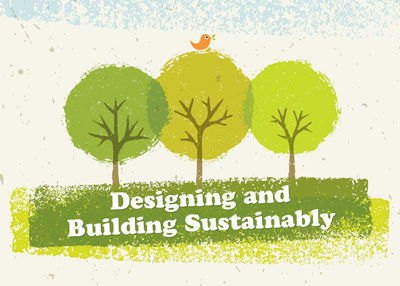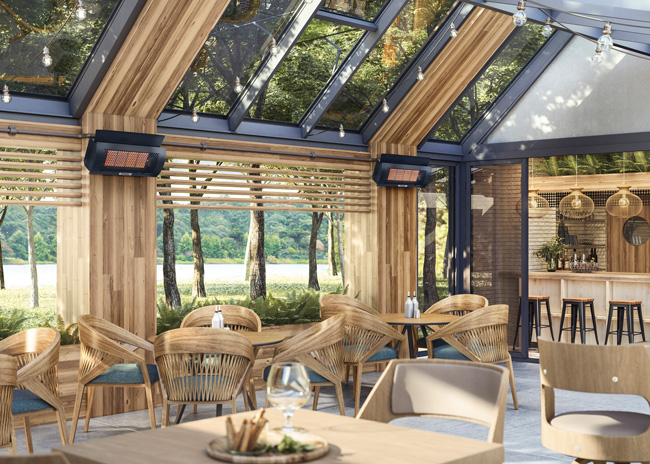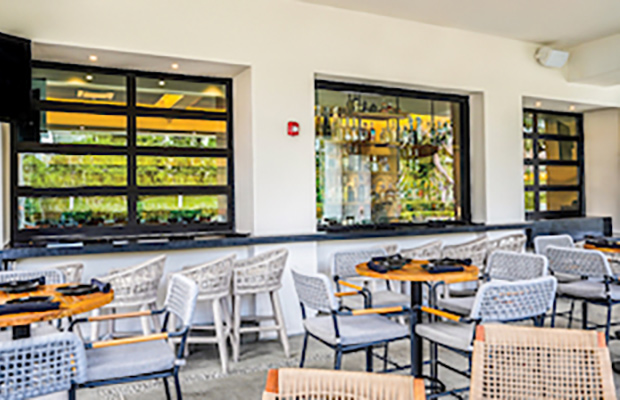
Sustainable design at first may have seemed like just a flash-in-the-pan trend, but it’s now found in virtually every type of foodservice operation, from schools to fast-food establishments to white-tablecloth restaurants. Designers have found that beyond the obvious environmental benefits, there can be significant cost savings in using sustainable building practices. Ray Soucie, Design Director for Webb Foodservice Design in Portland, Ore., sees sustainable design increasing, calling it “huge on the building and design side. It’s been so since LEED was originally rolled out.”
In Soucie’s view, one of the advantages of the initial introduction of the LEED program was that it was voluntary, not mandatory. Designers and contractors who may have been initially skeptical of the program became converts after they saw the long-term energy savings inherent in sustainable design. “Once those who weren’t as aware of the need to design sustainably became aware of the savings, it became a no-brainer to invest. It was just good business sense.” He adds that some of the original guidelines and goals set out in the LEED program have now been worked into municipal codes.
On the horizon, Soucie sees more operations going ventless, with ventless cooking and dishwashing equipment leading the charge. Beyond the immediate cost savings in not having to install a ventilation system and exhaust ducts, the operator can realize longer-term energy savings.
The stories on the following pages can help with sustainable building and design practices for any foodservice operation.



